This Hackney bar is reviving London’s legacy of lesbian spaces
Designed by Studio Popelo and Wet Studio, La Camionera emerges as a vital sanctuary for London’s FLINTA* community, honouring it right down to the details
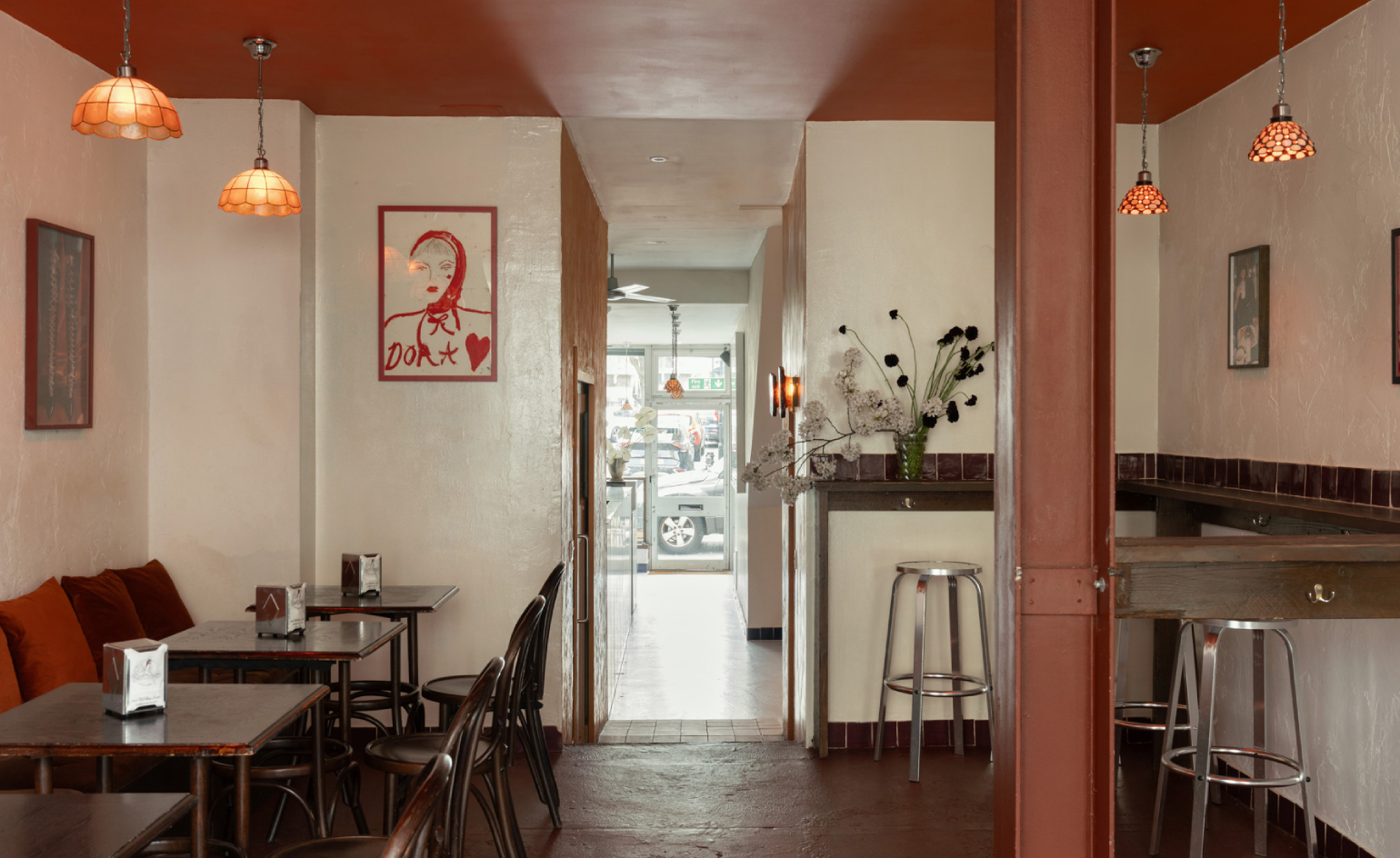
As a queerspawn and a Hackney native, I’ve spent a lifetime growing up in lesbian spaces. It’s disheartening to know that over 60 per cent of London’s LGBTQ+ venues – sanctuaries essential to the FLINTA* community and vital to London’s cultural fabric – closed between 2006 and 2022, declining from 125 to a mere 50, with Lesbian spaces hit especially hard.
In Hackney, La Camionera leads with pride
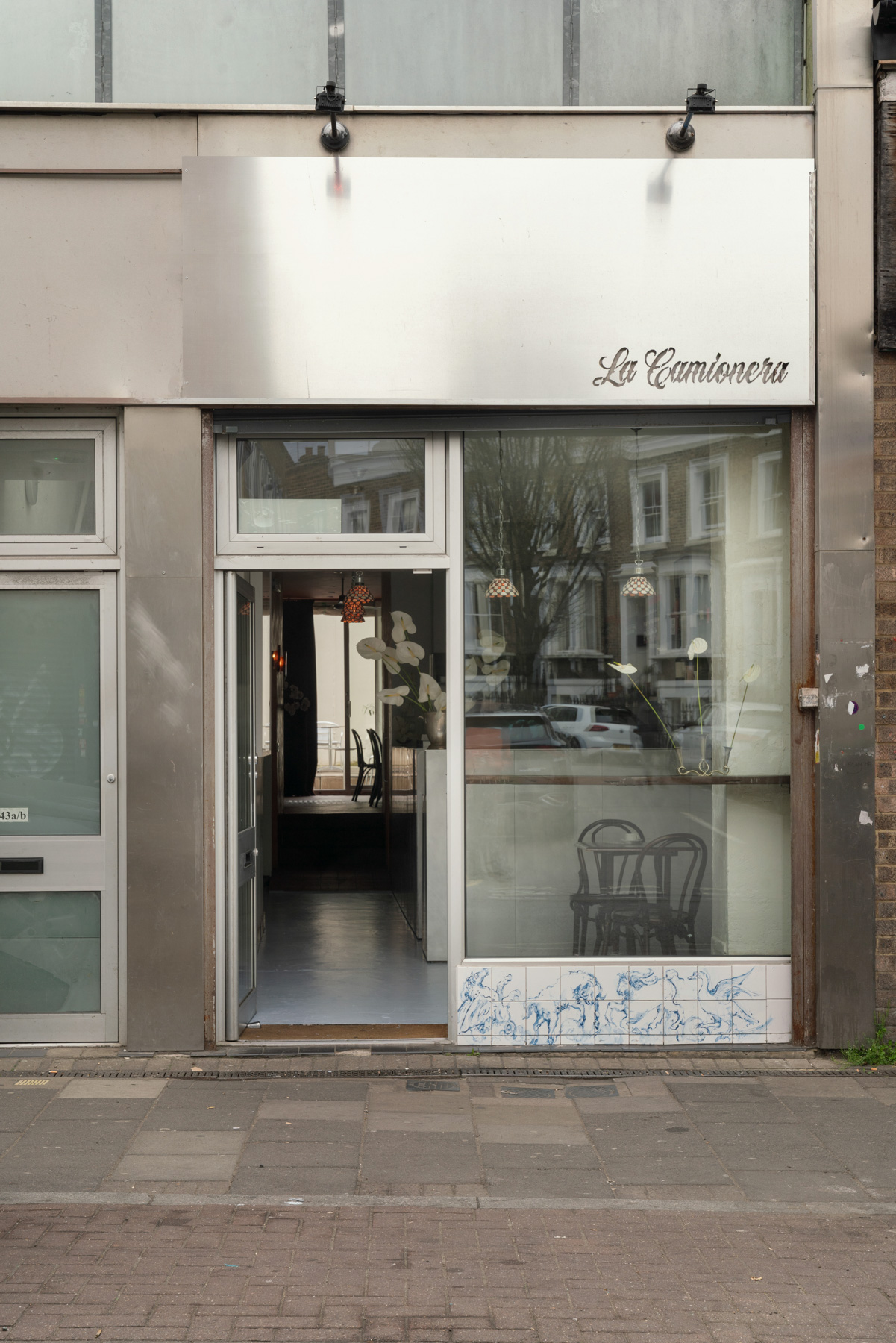
Responding to a growing need, La Camionera in east London is helping to shift the tide. Named after the Spanish slang for butch lesbians, translating to ‘female truck driver’, the venue takes a resolutely gentle approach in cultivating a new take FLINTA* space, with a slice of Mediterranean charm. As co-owner Clodagh Farrelly describes it, ‘it’s a love letter to the lesbian community’.
Now nestled in the backroads of Homerton, away from the slipstream of the Highroad, La Camioneria grew from humble roots. What began as a one-night pop-up for 40 people on Broadway Market in February 2024 quickly became a small phenomenon, with hundreds spilling onto the streets in overwhelming support, affirming this is what the city needs. ‘We didn’t see it, so we had to make it ourselves, and people got behind us,’ adds Farrelly.
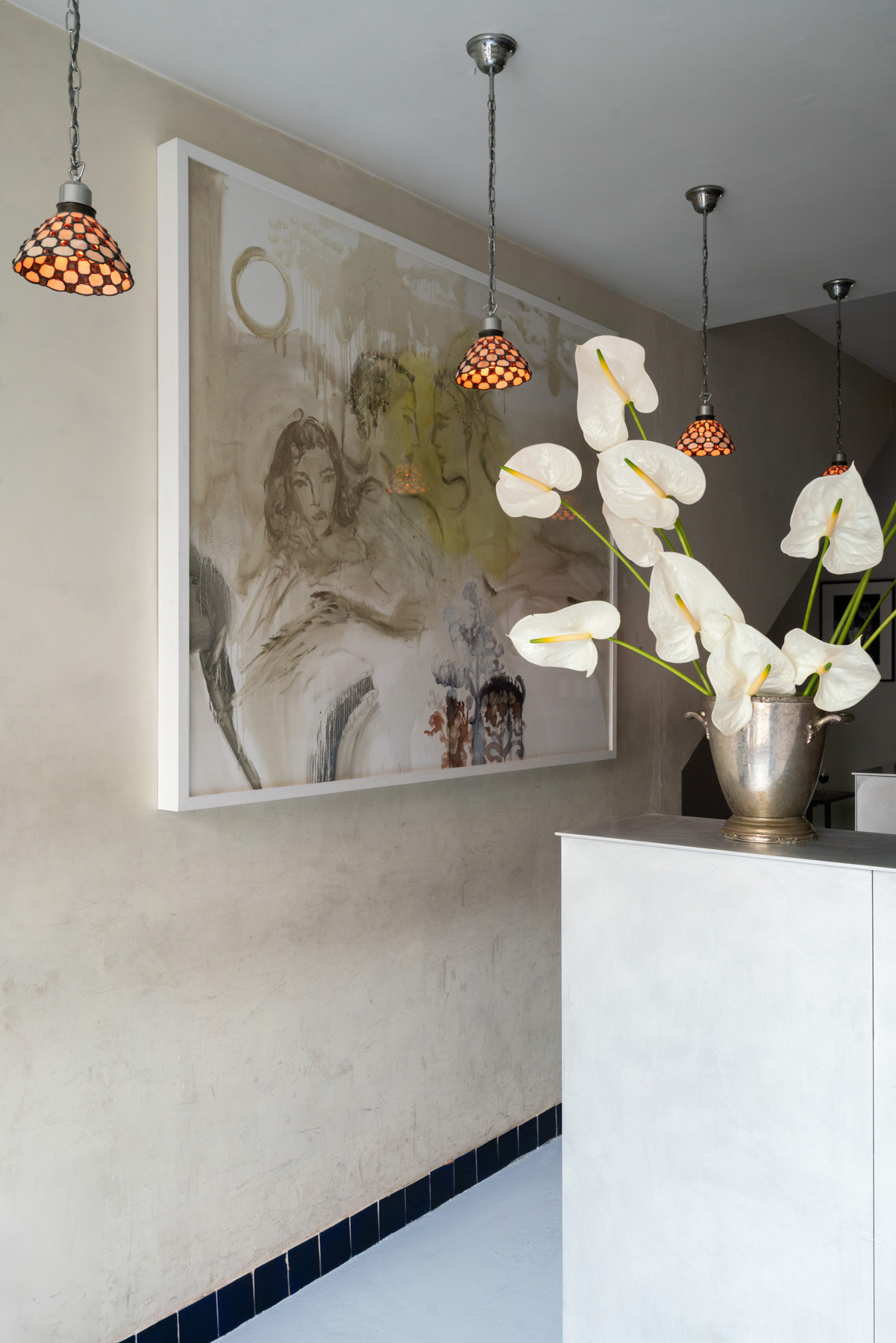
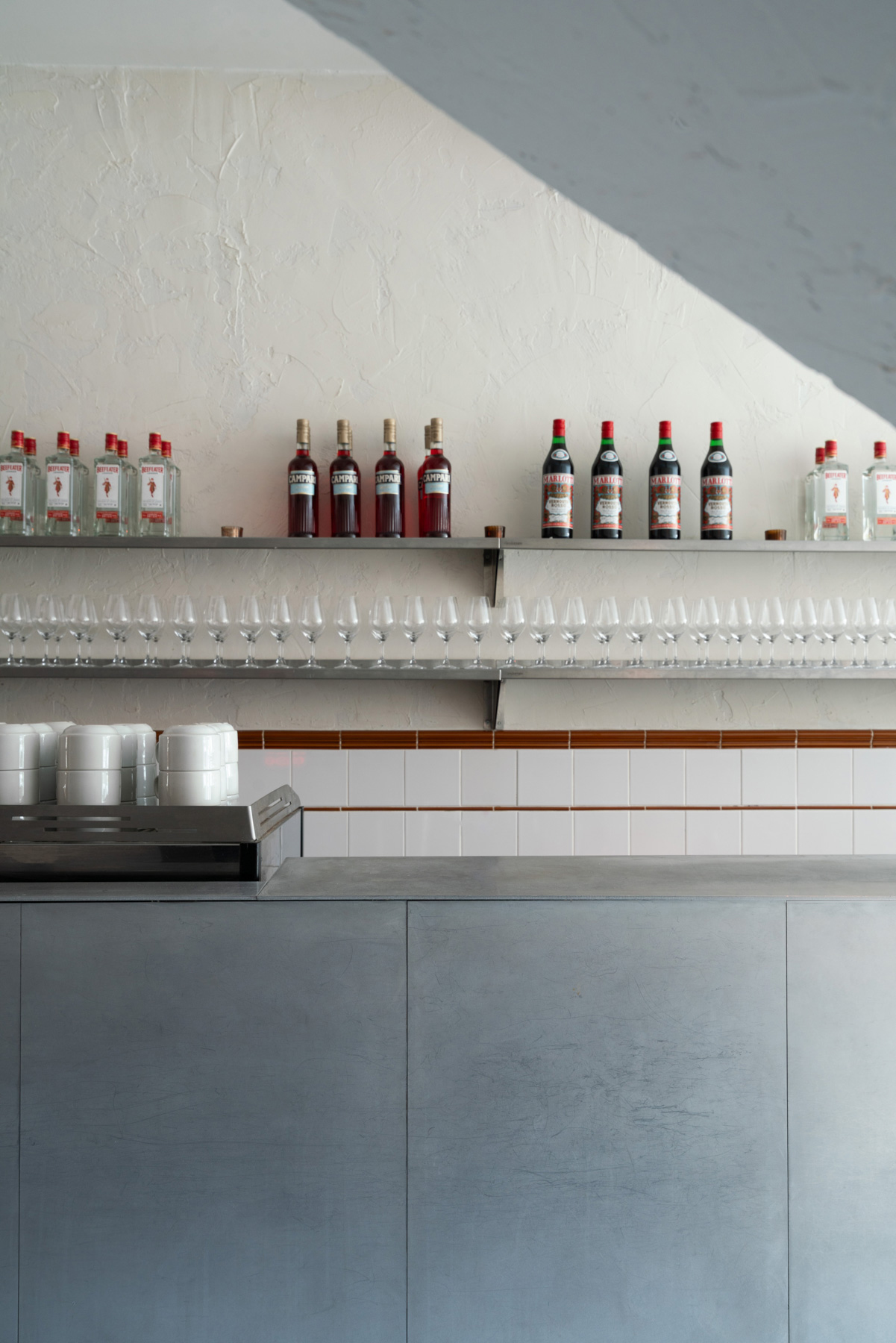
From the outset, the bar aimed to accommodate a transient rhythm, not overtly reliant on drinking culture but instead centred around good conversation, good company, and community. Presenting something other than the very British binaries, ‘pubbing’ or ‘clubbing’. By day, the bar is light, airy, and restful; by night, the space adopts a more sensual tone, often hosting speed dating events, reading nights and life drawing sessions. Co-owner Clara Solis notes, ‘We were inspired by traditional Spanish café culture, somewhere that wasn't essentially just “nightlife” in a one-dimensional sense.’
Maintaining a cool, understated presence on the street face, Solis remarks, ‘The metal façade is quite subtle, it opens up to you rather than confronting you head-on.’ Entering the space, flower arrangements by Croco Studio greet the eye. Organic meets clean-cut as rough plaster walls uncovered during demolition contrast with the slick, brushed aluminium bar and powder blue flooring. Meanwhile, hand-painted tiles by Solis adorn the exterior façade and interior entrance, taking inspiration from Portuguese Azulejos and the Minetor paintings of Pablo Picasso depicting mythological tales of Greek gods disguising themselves as bulls to seduce women – a humorous reference to the term ‘bulldyke’.
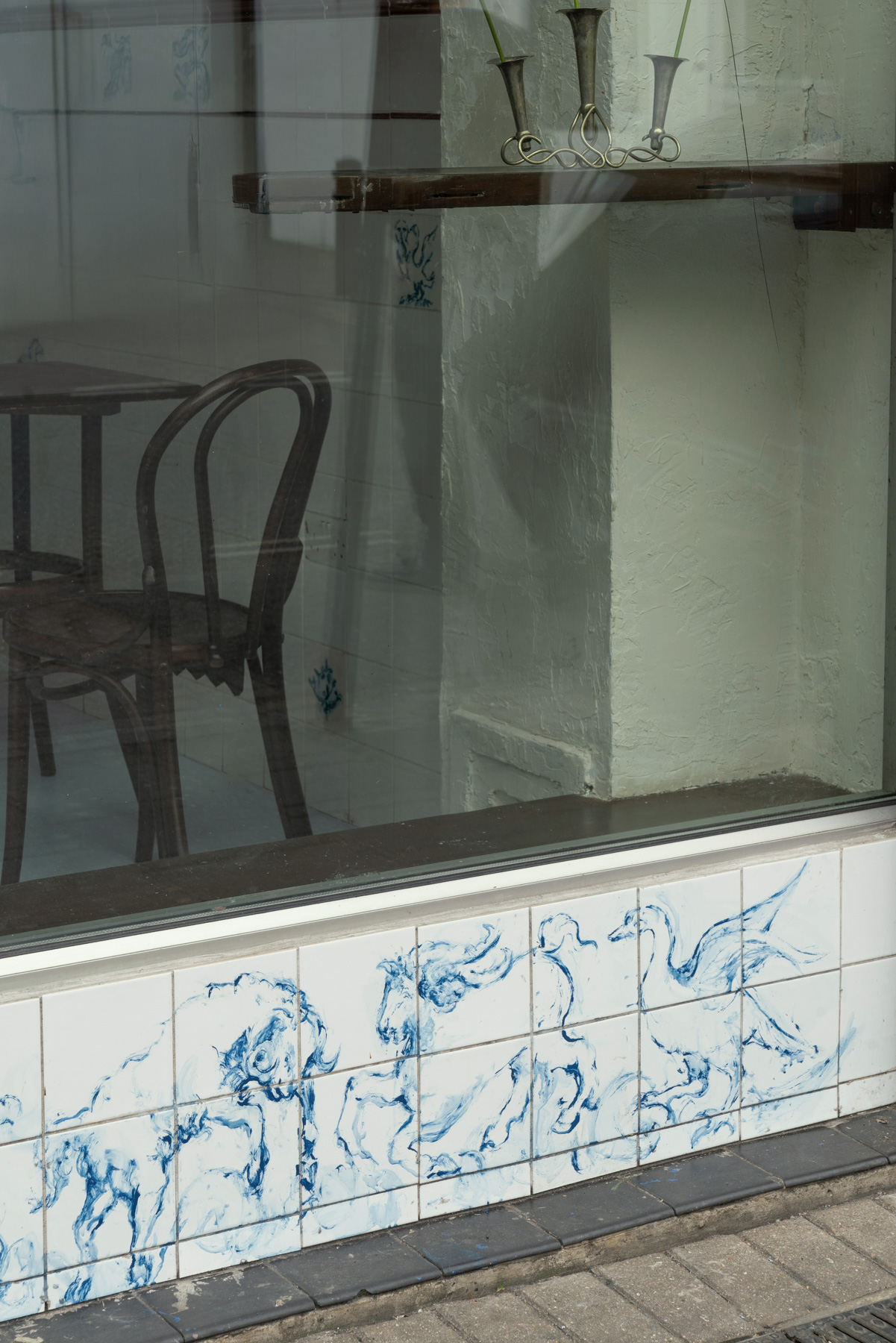
Working with a modest budget, bolstered by an incredible £100,000 raised after just a week of crowdfunding and following the pop-up’s success, designers and builders Studio Popelo and Wet Studio embraced an ethos of ad-hocism. ‘We tried to see what we could integrate from the history of this space,’ says Farrelly.
While most of the furniture elements, such as seating, were sourced second-hand, the scratched and scarred timber door, which served as a cutting mat during construction, has been transformed into an elegant sliding door leading into the staff room, its marks revealing the history of labour. From artwork to the tiling, the project holds the hallmarks of everyone involved in the build. Now offering up the space to the community, Daniel Pope, founder of Studio Popelo, notes, 'We want people to feel they can have ownership over this, it’s a space that's deeply personal, that tarnishes and wears beautifully. And that's been embedded in how we built and our material choices.'
Receive our daily digest of inspiration, escapism and design stories from around the world direct to your inbox.
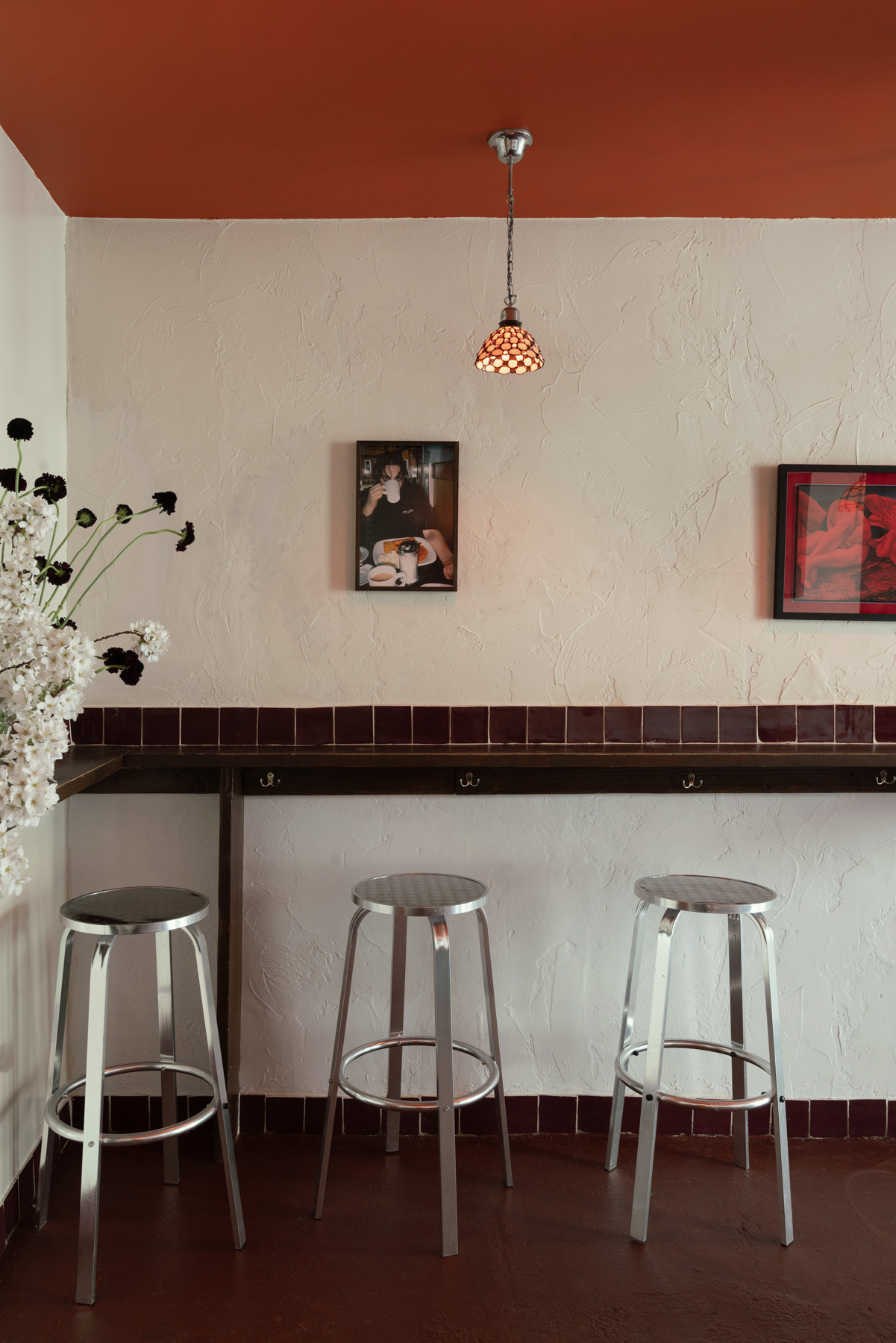
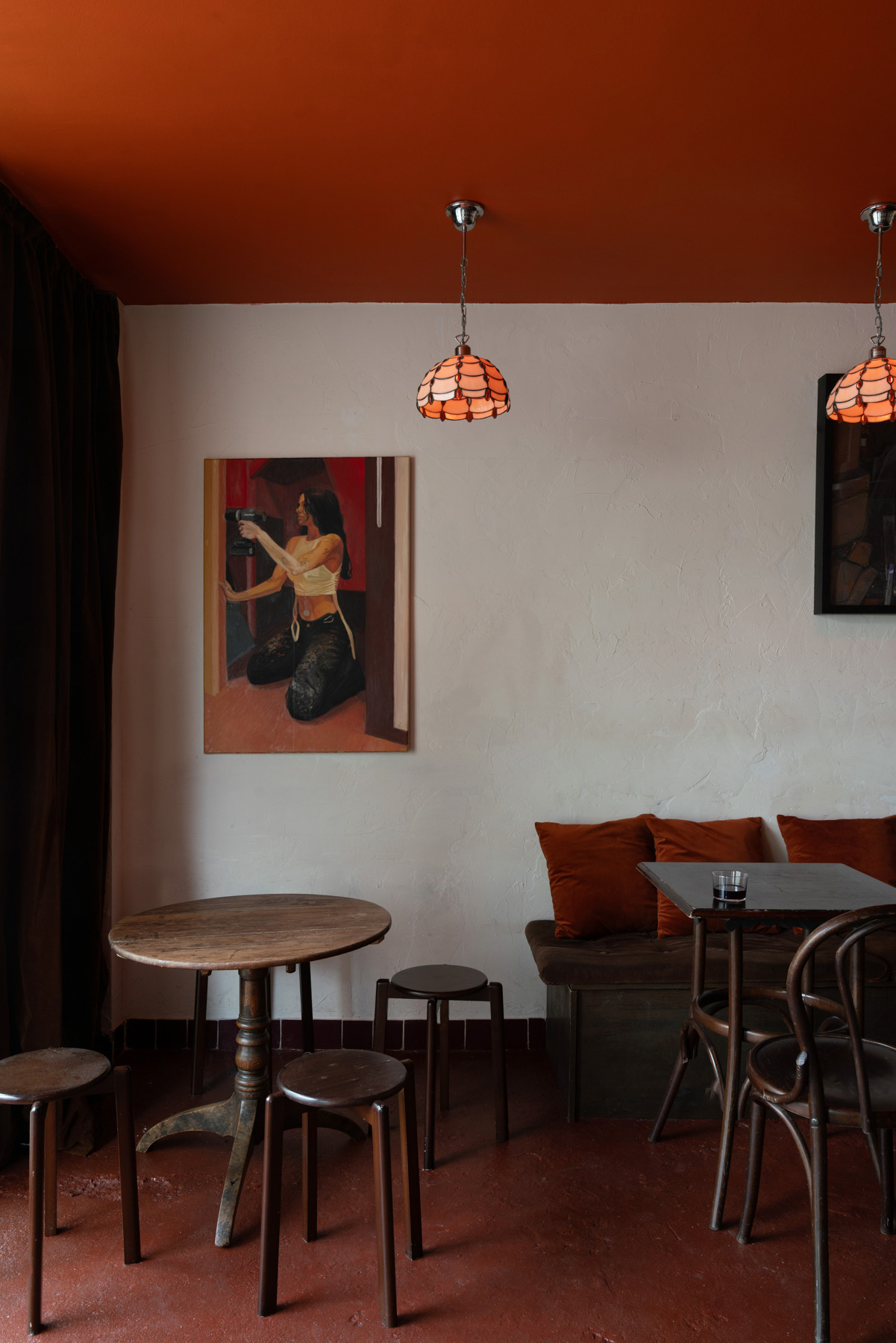
As you enter, the mood transitions from light, bright, and public-facing to something more intimate. Pope comments, ‘We wanted to be intentional around the nuance in how people interact and gather.’ Continuing to riff off traditional Spanish interiors, dark woods, earthy tones, lower ceilings painted in a rich cinnamon red, and stained glass pendant lights help ground the space. A mixture of bar stools and low seating creates a variety of altitudes at which to perch, while intimate nooks, such as underneath the stairway, lean into a ‘speakeasy’ tone within a wider communal atmosphere.
Leading into the garden, large-format windows open the space up again. Sculptural whitewashed seating adjoins the walls, set back amongst a plethora of hardy foliage, such as fragrant rosemary and evergreen oleander, chosen to withstand the unpredictable British weather.
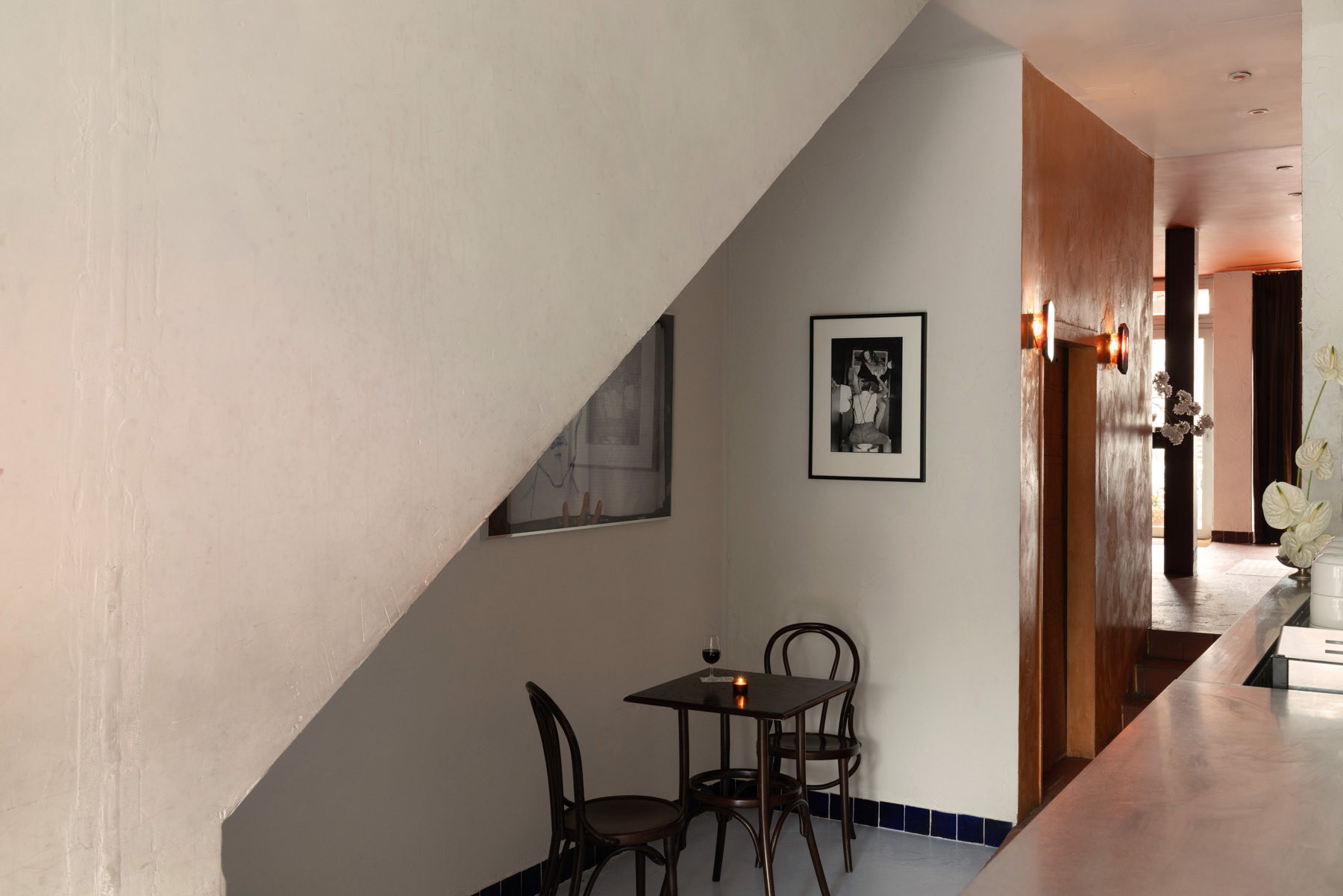
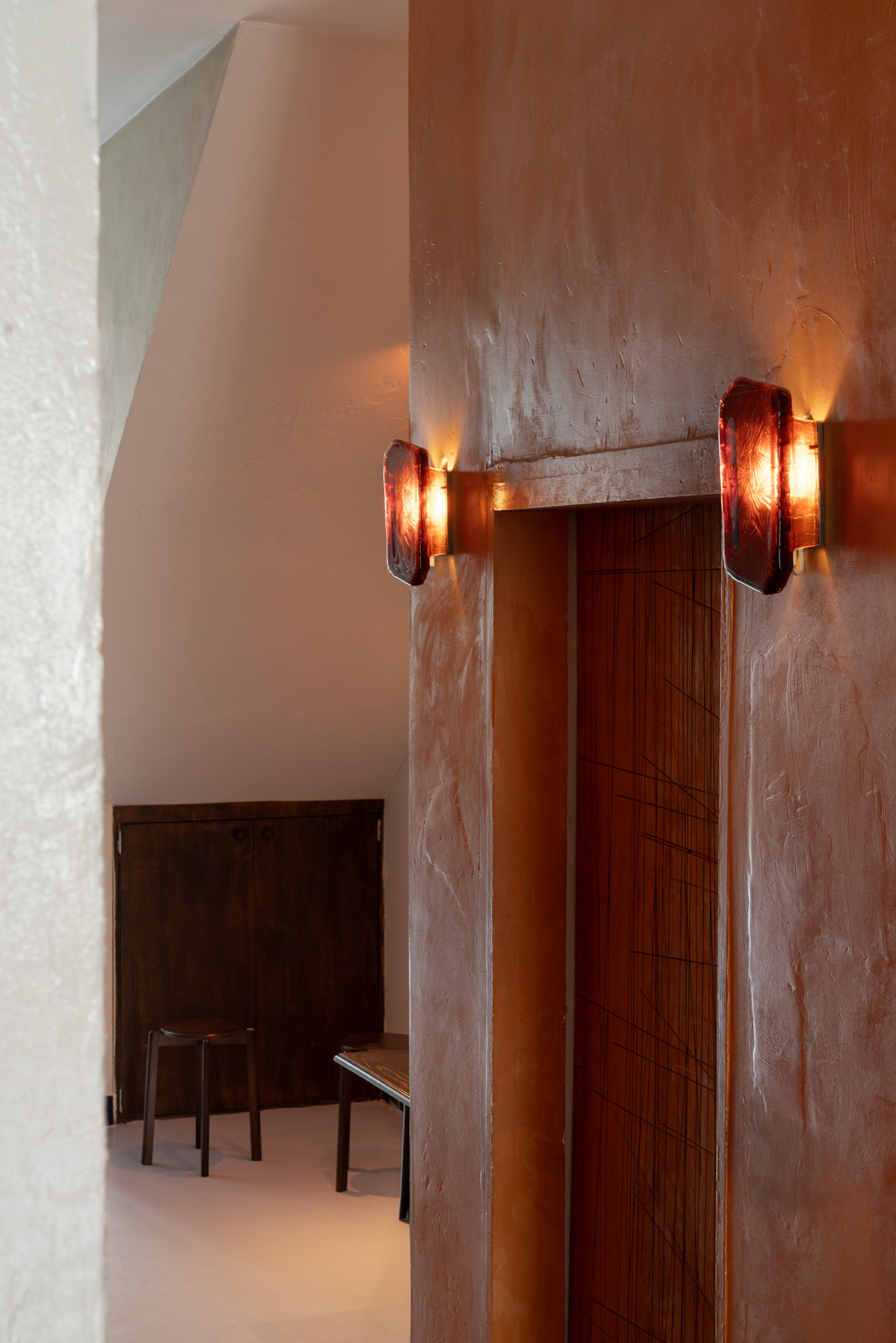
From its ad-hoc construction to its Mediterranean influences and community-driven origin, every detail of La Camioneria is a bold assertion of tenderness. Continuing the lineage of Lesbian spaces – from the late-night shebeens of Pearl Attock in 1970s Brixton to Chelsea's now-infamous Gateways club, which closed in 1985 – this new addition of Spanish café culture, coupled with an intimate take on London nightlife, serves as a testament to a confluence of community support, a sturdy grassroots attitude, and elegant design.
La Camionera is located at 243 Well St, London E9 6RG, United Kingdom.
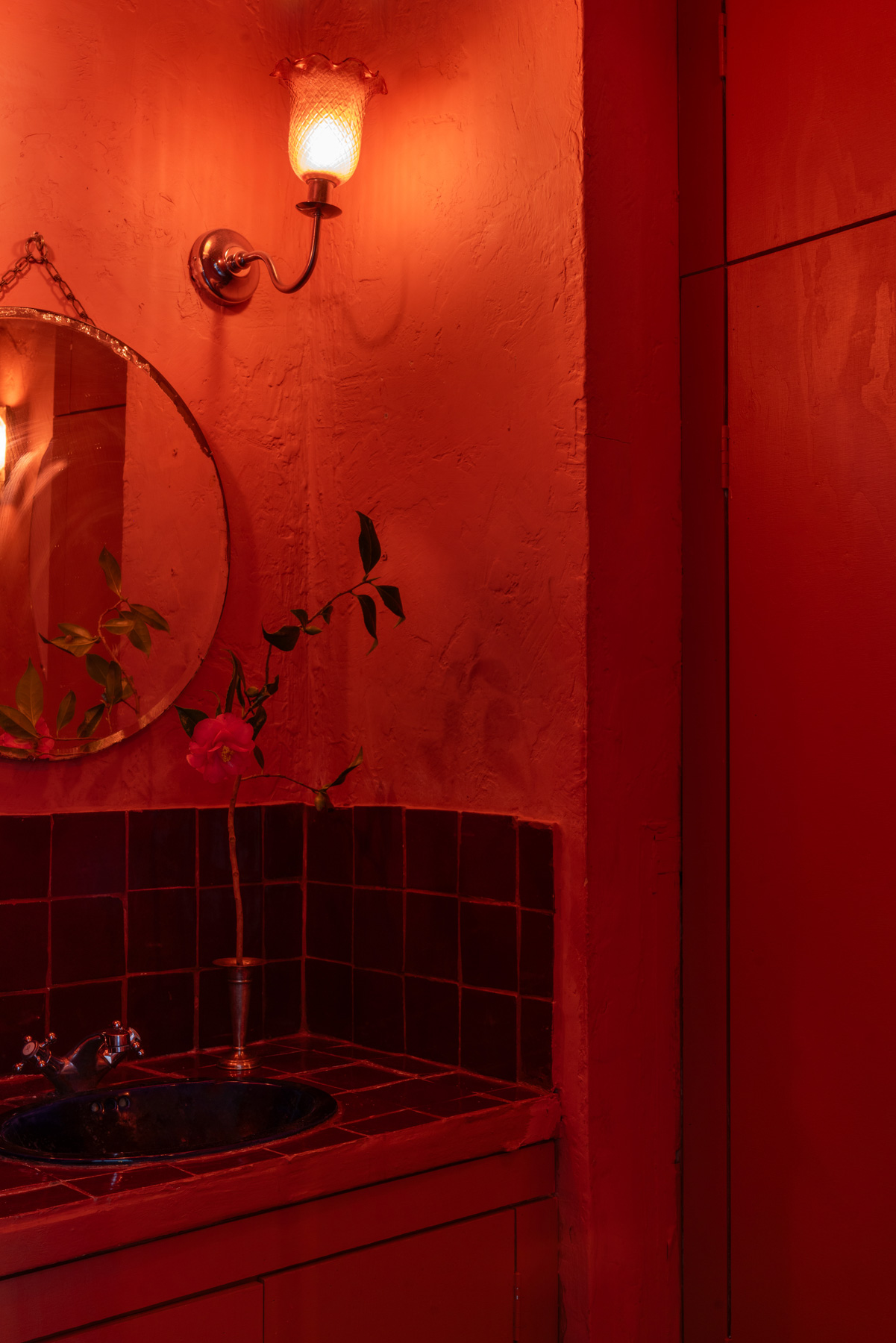
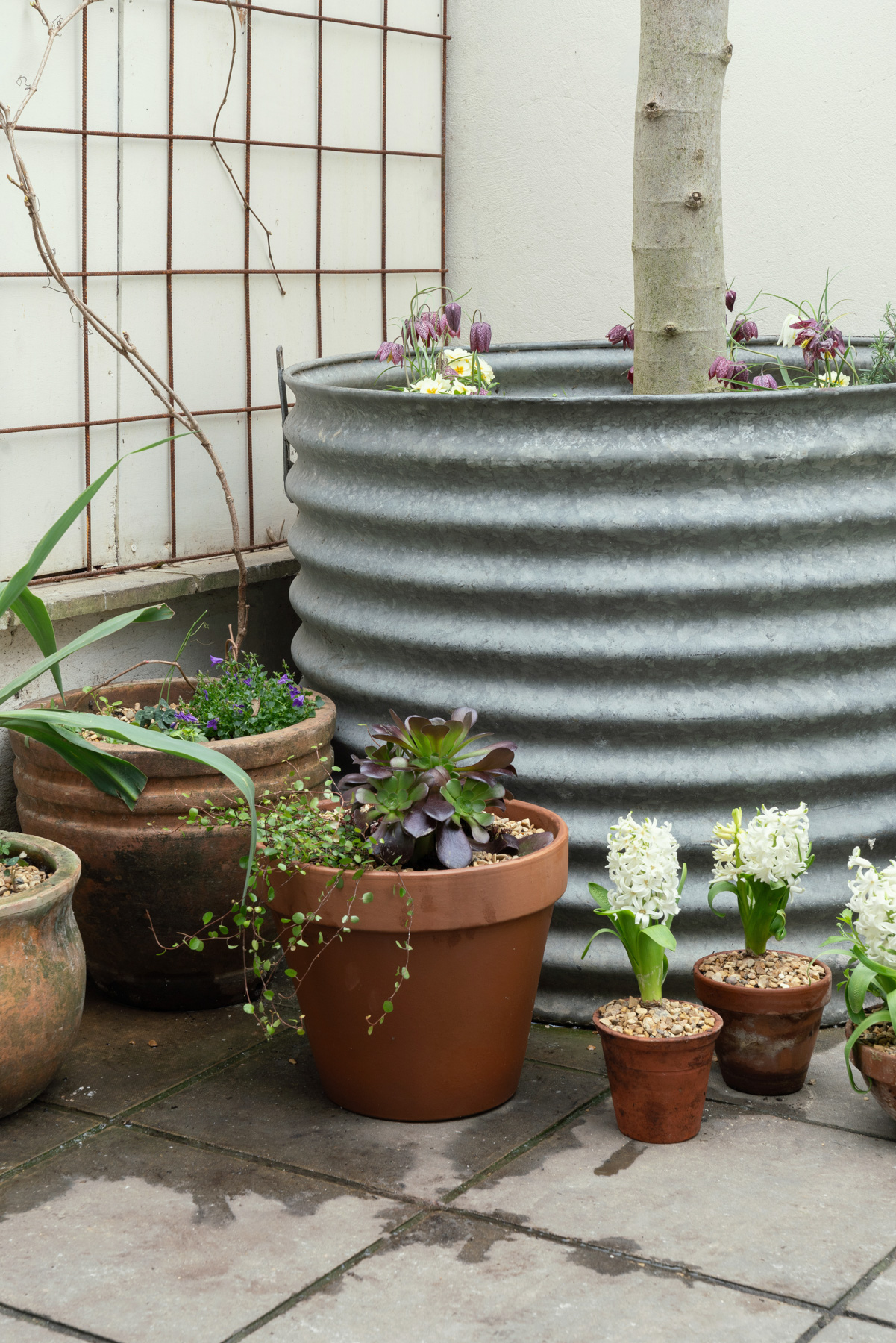
Teshome Douglas-Campbell is a London-based writer, architectural designer whose work explores the intersection of design, community, and culture. With a background in socially engaged architecture, he brings a critical eye to ways we craft living environments, documenting emerging design movements and profiling transformative spaces.
-
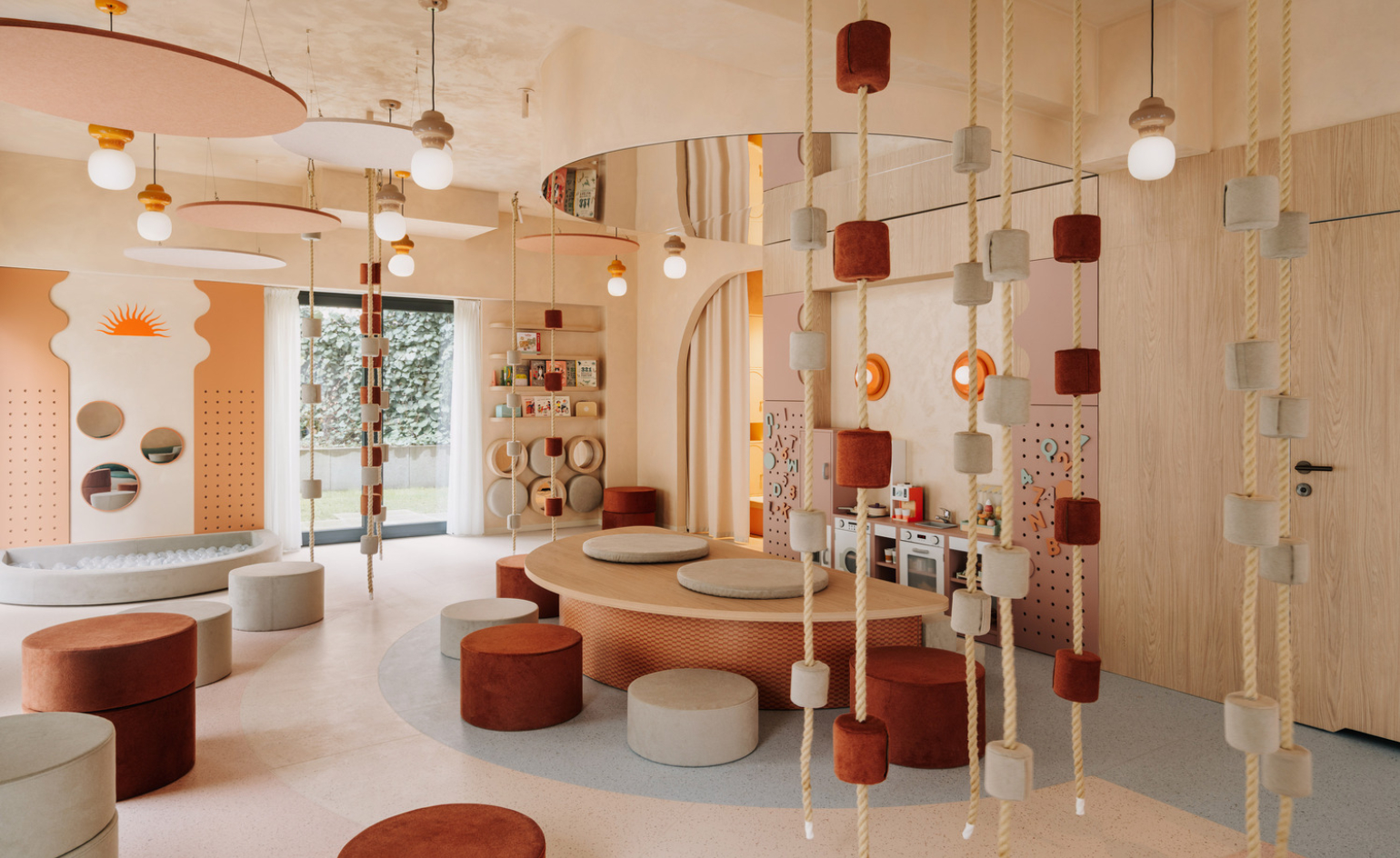 This clever café-cum-playroom in Poznań makes space for everyone
This clever café-cum-playroom in Poznań makes space for everyoneDesigned by Poland’s Cudo Studio, Sunday proposes a warm, dynamic take on the family café
-
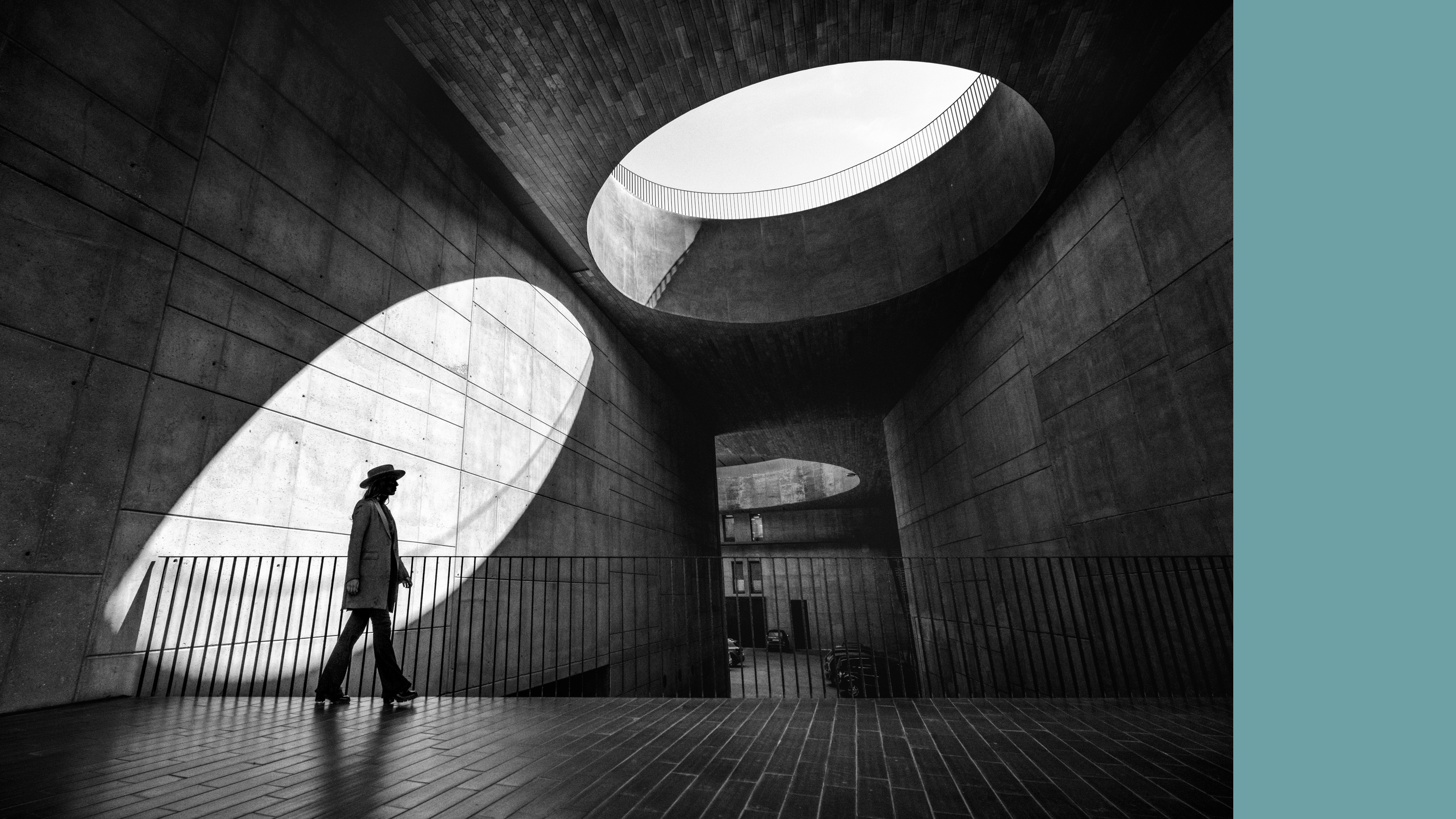 Irys is an app designed by photographers for photographers. We take it for a test run
Irys is an app designed by photographers for photographers. We take it for a test runIrys celebrates the art and quality of photography, along with the joy of discovery. We discuss the nature of online creativity and the artlessness of social media with founder Alan Schaller
-
 Pantone chose white as colour of the year: resistance to plurality, or quiet emblem of hope?
Pantone chose white as colour of the year: resistance to plurality, or quiet emblem of hope?The Pantone Colour of the Year 2026 – Cloud Dancer white – was met with both intrigue and horror from the design community. We speak to four design professionals who weigh in on this year's candid hue
-
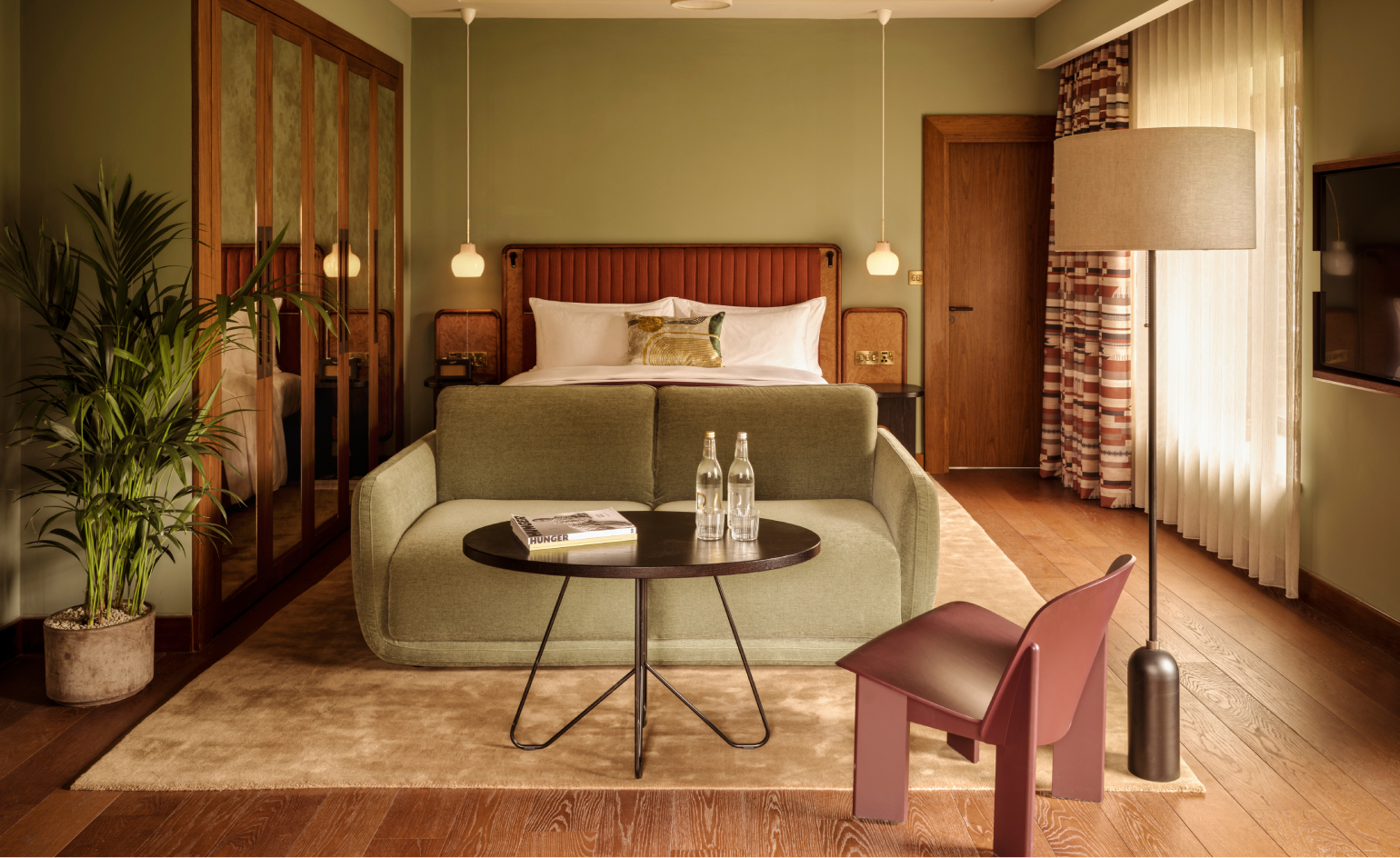 Sir Devonshire Square is a new kind of hotel for the City of London
Sir Devonshire Square is a new kind of hotel for the City of LondonA Dutch hospitality group makes its London debut with a design-forward hotel offering a lighter, more playful take on the City’s usual formality
-
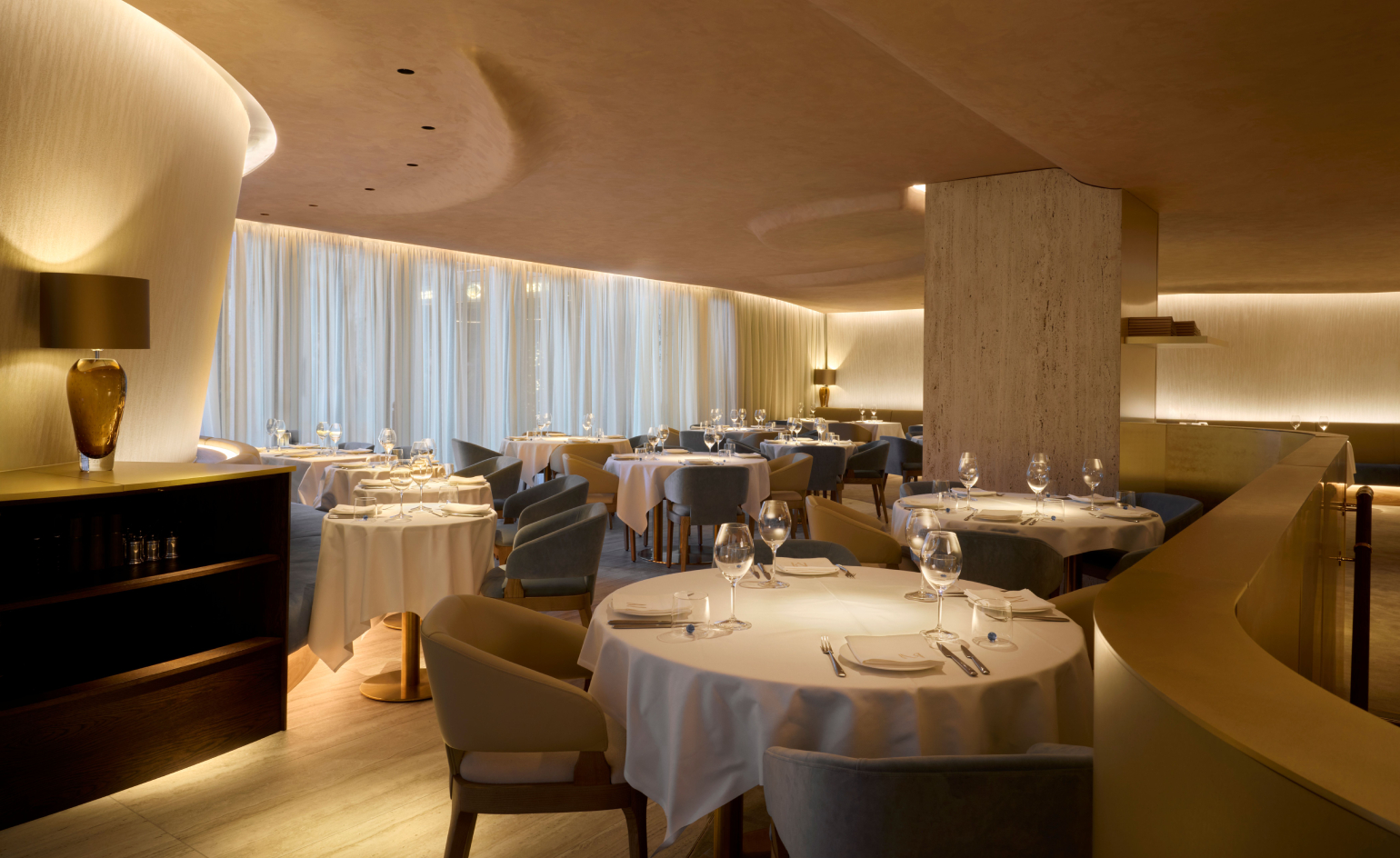 This sculptural London seafood restaurant was shaped by ‘the emotions of the sea’
This sculptural London seafood restaurant was shaped by ‘the emotions of the sea’In Hanover Square, Mazarine pairs a bold, pearlescent interior with modern coastal cuisine led by ‘bistronomy’ pioneer chef Thierry Laborde
-
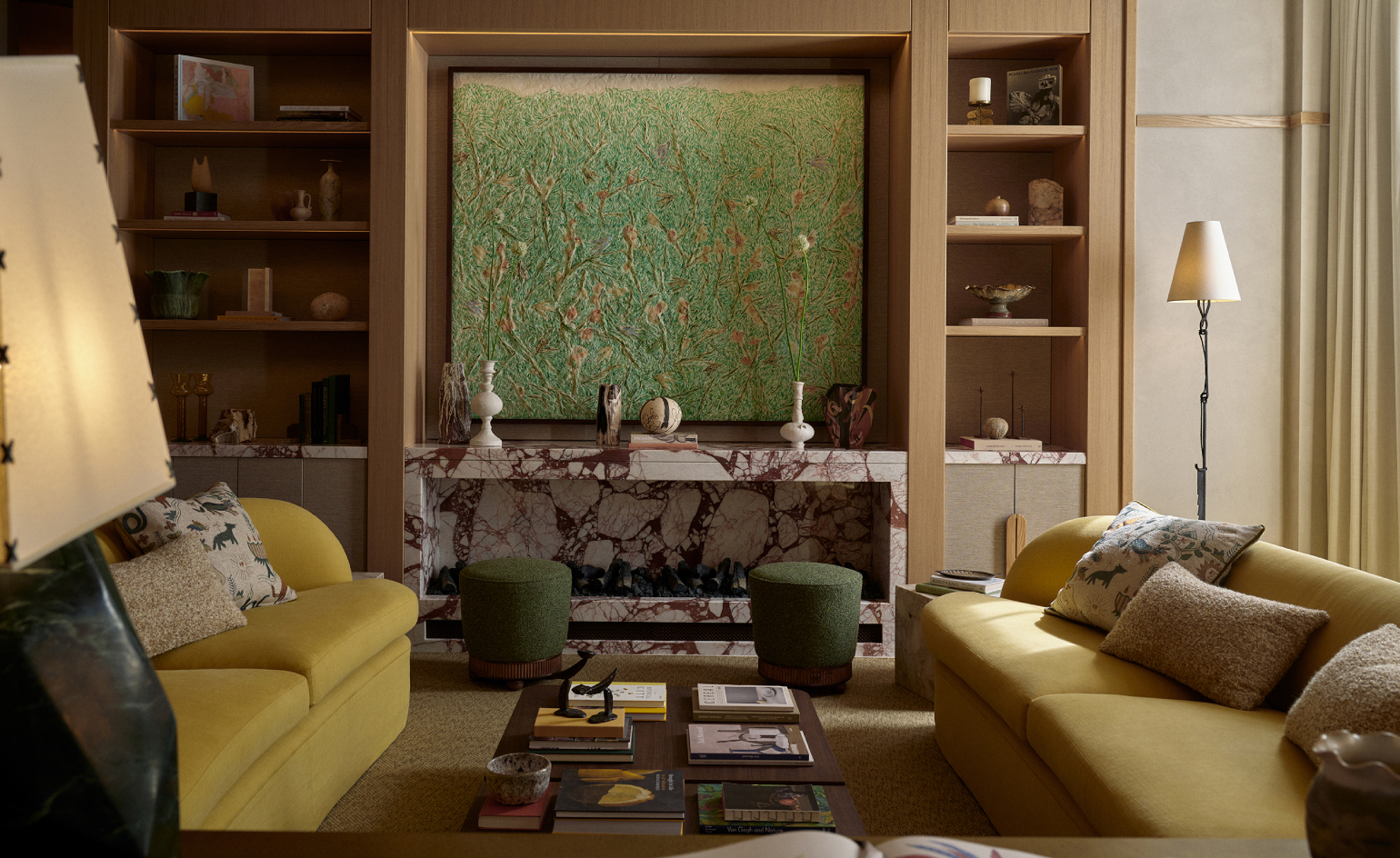 Montcalm Mayfair opens a new chapter for a once-overlooked London hotel
Montcalm Mayfair opens a new chapter for a once-overlooked London hotelA thoughtful reinvention brings craftsmanship, character and an unexpected sense of warmth to a London hotel that was never previously on the radar
-
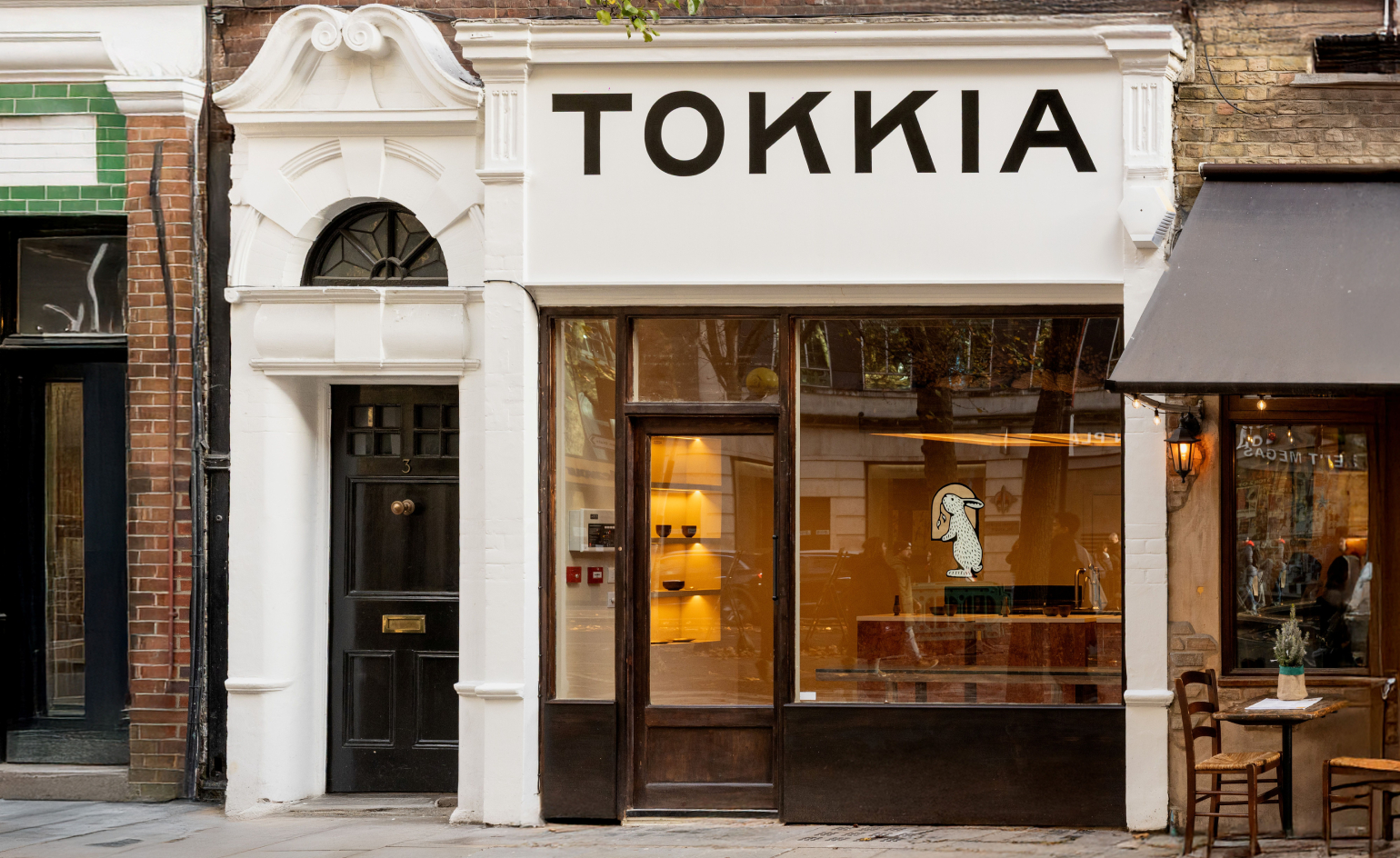 Follow the white rabbit to London’s first Korean matcha house
Follow the white rabbit to London’s first Korean matcha houseTokkia, which translates to ‘Hey bunny’ in Korean, was designed by Stephenson-Edwards studio to feel like a modern burrow. Take a look inside
-
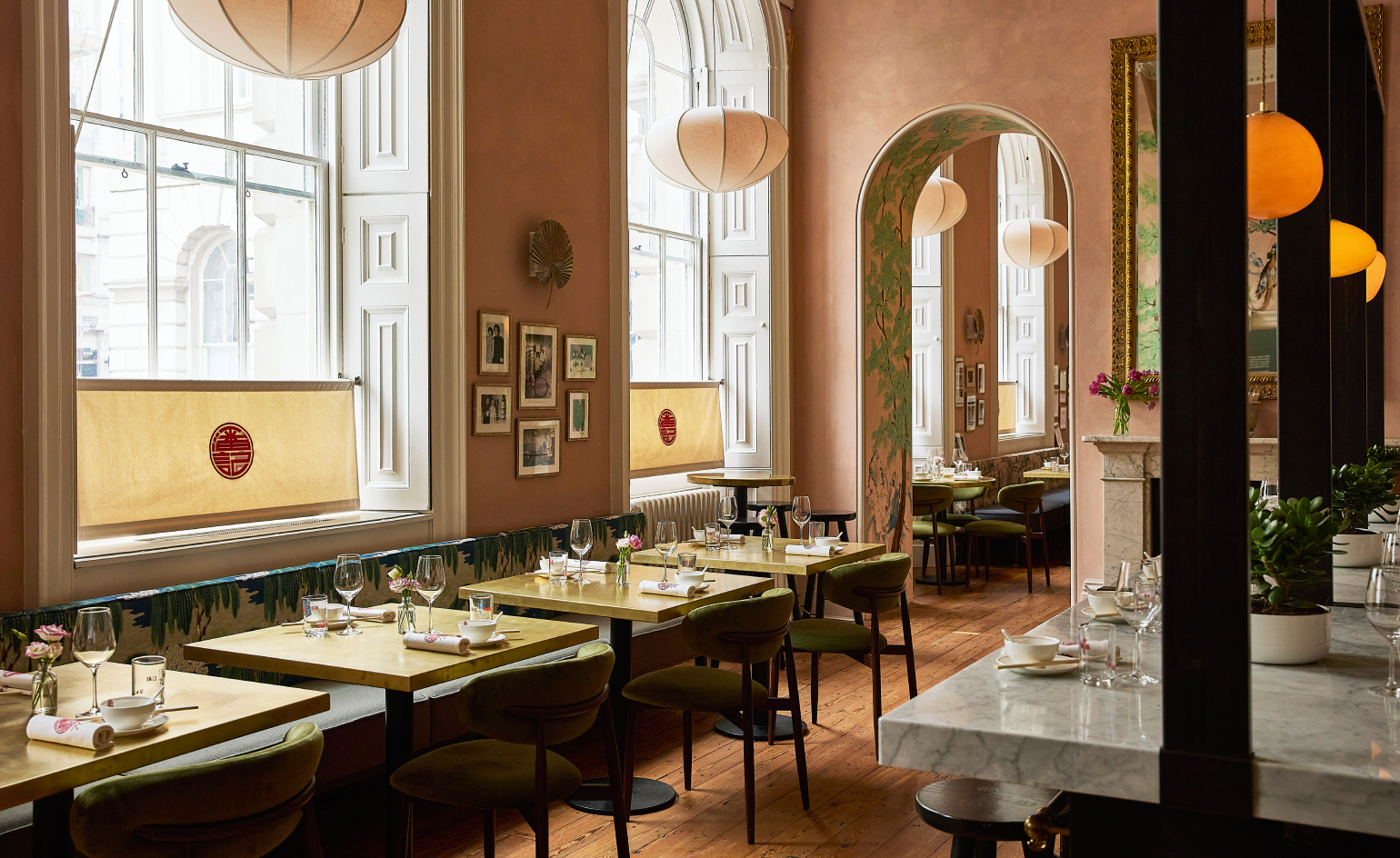 Poon’s returns in majestic form at Somerset House
Poon’s returns in majestic form at Somerset HouseHome-style Chinese cooking refined through generations of the Poon family craft
-
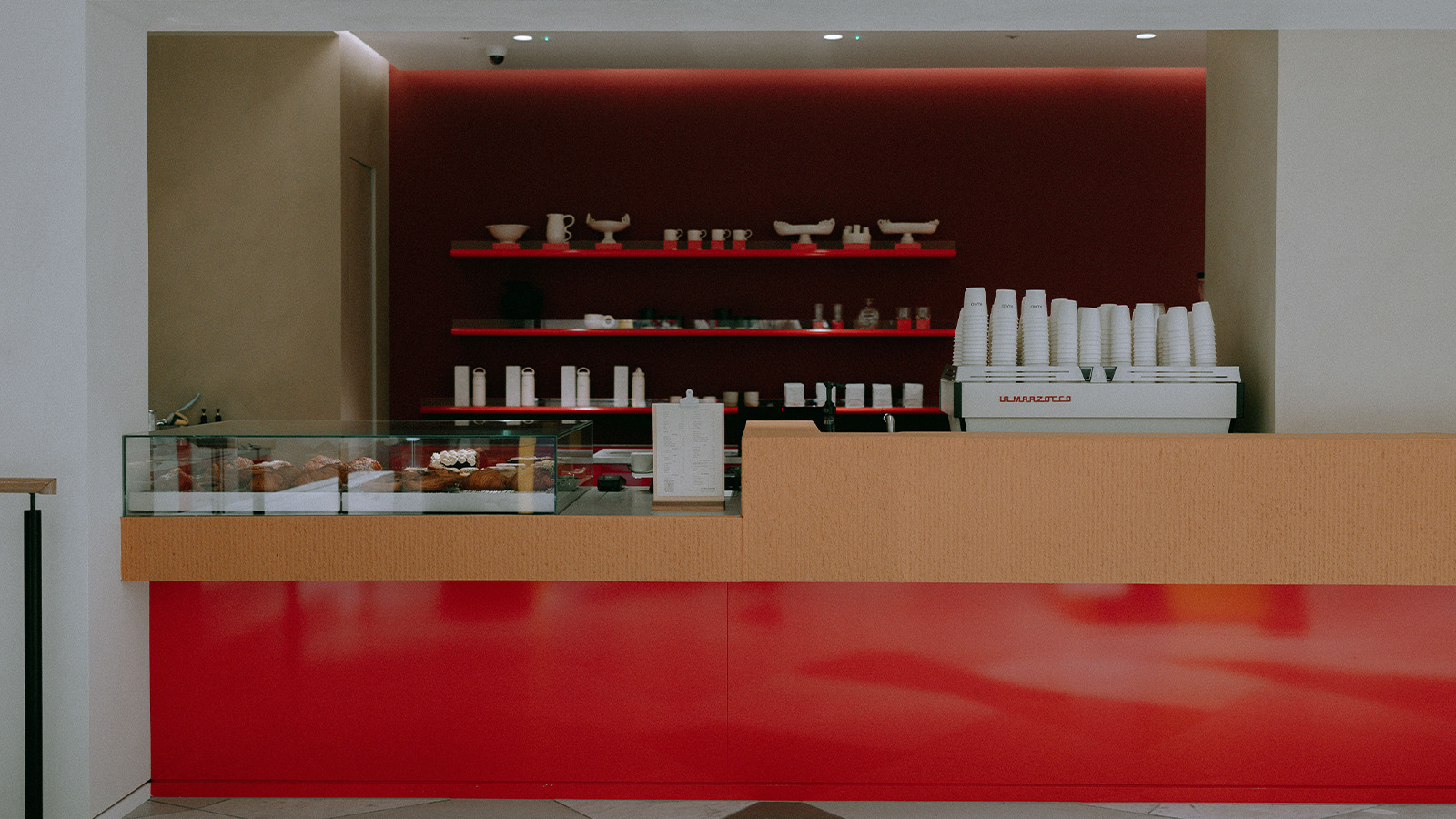 One of London’s favourite coffee shops just opened in Harvey Nichols
One of London’s favourite coffee shops just opened in Harvey NicholsKuro Coffee’s latest outpost brings its Japanese-inspired design to the London department store
-
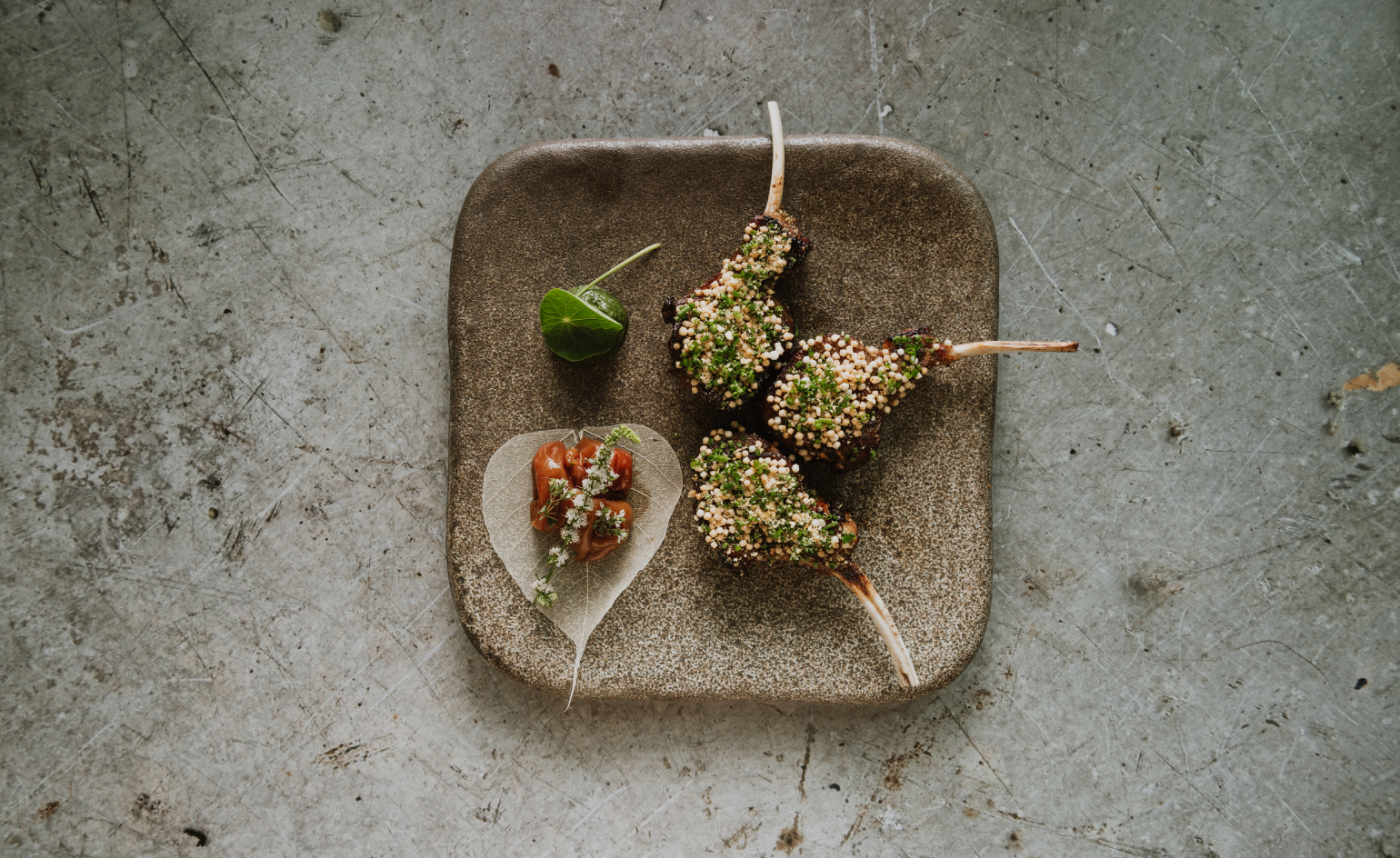 Enjoy a Kyoto-inspired menu with London attitude at this new restaurant
Enjoy a Kyoto-inspired menu with London attitude at this new restaurantAki London offers a serene counterpoint to Oxford Circus, where stately interiors and elevated Japanese cooking cross paths
-
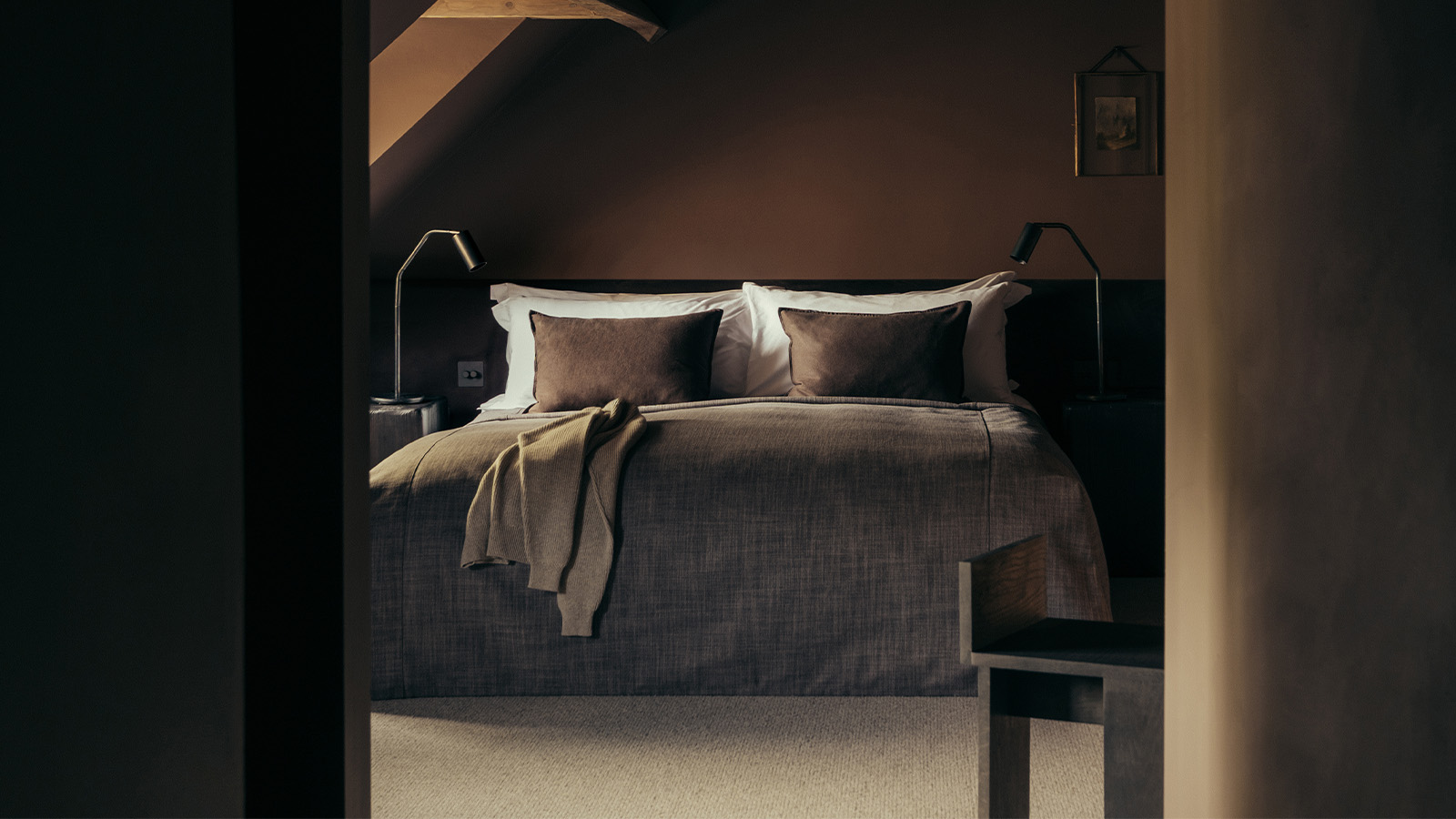 At this charming bolthole in The Cotswolds, doing nothing is an art form
At this charming bolthole in The Cotswolds, doing nothing is an art formLeave your mobile on ‘do not disturb’, switch off and slow down at this 16th-century manor-turned-hotel